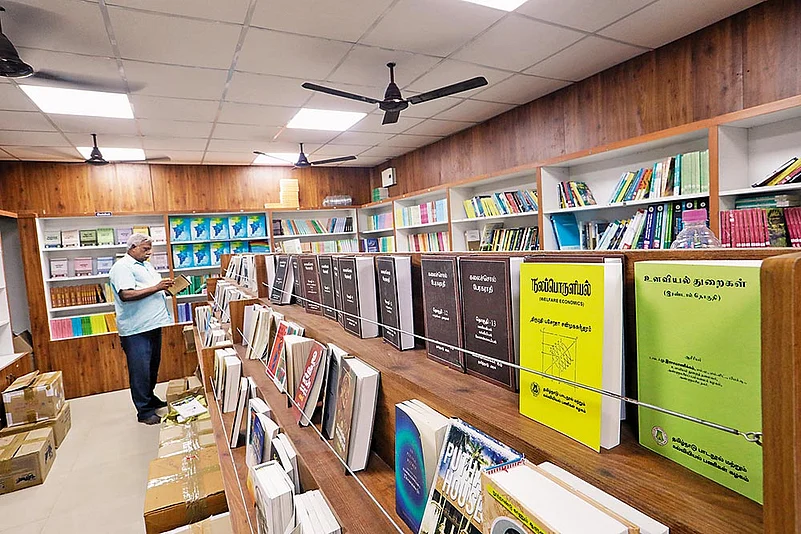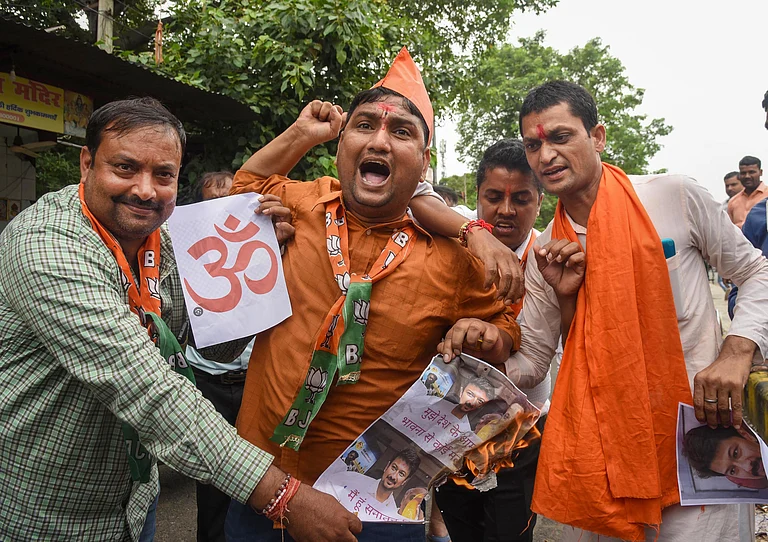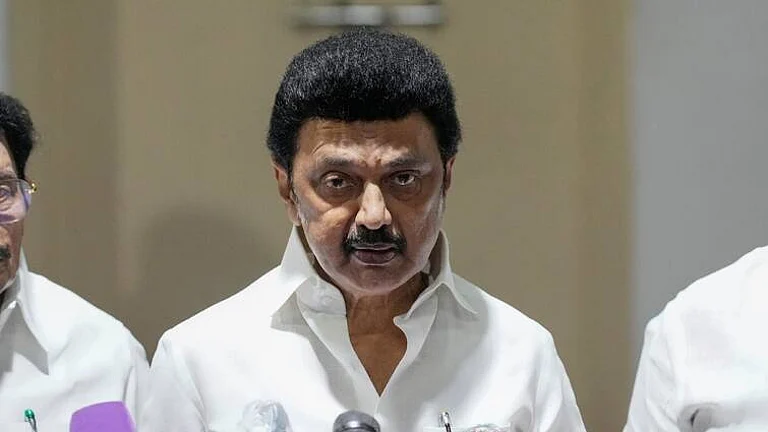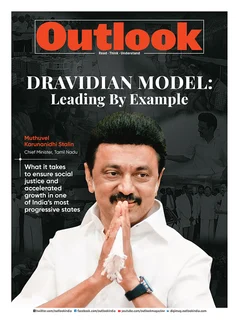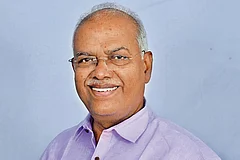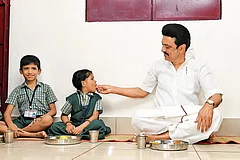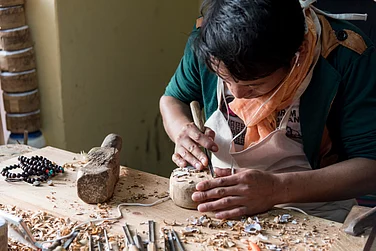We live in a translational world. Therefore to ignore the power of translation is to deny its role in the building of civilizations. There would have been no Renaissance, no modern medicine, no road or bridge engineering the knowledge of which was translated from Arabic, Latin and Greek into European languages to form the Industrial Revolution. No astronomy, no mathematics, no Bible. Translation militates against any kind of forced or fabricated monoculture and translators are the true if silent world leaders of today. They form a counter to the fascist and totalitarian attempts to monopolize reading and thinking and to homogenize all thought and expression.
But there is a catch. Though we know that the chief goals of any publishing venture have always been ideolological and commercial, translation, particularly when scaffolded on aesthetics, has always needed patronage and support. The Knowledge Empire of Baghdad in the 11th- 12th centuries, the Bureau of Translation the Emperor Akbar set up in the 16th, and the translation of Sanskrit, Arabic and Persian texts by the East India Company in the 18th -19th were all sponsored ventures.
How do we make them available in accessible language and sensibility as we take the richness, the antiquity and contemporary versatility of Tamil to the world?
To set the context in India : for more than 60 years the National Book Trust and the Sahitya Akademi have built wonderful treasure troves of translations into and out of the languages recognized by the Constitution but their reach has been limited. The National Translation Mission concentrates on knowledge texts and that too has had a rocky passage since it was set up in 2006.

In the case of the Tamil Nadu Textbook & Educational Services Corporation’s (TNTB) plans, we have, for the first time, a State government reaching out to reputed private English language publishers to commission translations making it worth their while by not only funding / sponsoring publication but offering to help prescribe the translations thus opening up a wide market within the educational system. In a rare move, the government decided to keep commerce outside the room. Political will and financial muscle came together. The Tamil Nadu Text Book and Educational Services Corporation (TNTB) wants Tamil writers, their translators and their publishers to benefit, and the reading public both in India and outside it to enjoy and gain from the renderings prepared by the best translators today.
In 2018-19 the TNTB began elaborate discussions to publish Tamil poetry, fiction, history and socio-cultural books in English and hosting book fairs all over the State. An intense programme was launched and co publishing contracts signed with leading international and national level publishers to translocate the world’s oldest living language into the world’s most influential language that is to say Tamil via its Literature and socio-history into the geo-cultural space of English.
We can conceive of the five states in the south of India: Telengana, Andhra Pradesh, Karnataka, Tamil Nadu and Keralam engaged in a happy conversation with each other, one that shares a broad idea of the many faces of culture
In April 2021 this plan was extended to Indian languages : Tamil into Malayalam, into Telugu,and Kannada. No one could miss the rhetoric of the project title Thisaithorum Dravidam---the possibility of imagining the south of India as a multilingual habitus. We can conceive of the five states in the south of India: Telengana, Andhra Pradesh, Karnataka, Tamil Nadu and Keralam engaged in a happy conversation with each other, one that shares a broad idea of the many faces of culture – language, literature, cinema, performing arts, oral narratives and so on – enriching each other across linguistic barriers. At this point when we are subjecting thoughts on development to sharp critiques and redefining culture as development, it is important to come up with ideas on how we can reconcile language, literature and culture. We are also still recovering from a deep disconnect between tradition and modernity resulting from the absorption of a whole set of new cultural values which occurred during the colonial period; we are still trying to reconcile them.

In the on-going search for literary works that may assist in interpreting ( to others and to ourselves) a culturally fractured present, ancient classics, modern and contemporary works all have to be held in a dynamic balance. How do we make them available in accessible language and sensibility as we take the richness, the antiquity and contemporary versality of Tamil to the world? Not just that --- but Thisaithorum Dravidam broke through the bitterness left by linguistic double-speak. Here at last was a constructive as well as creative approach. As the CM MK Stalin said, “We are fond of Tamil but that doesn’t mean that we hate any other language.” Prof of Linguistics Professor Ramakant Agnihotri says, “Languages flow into each other. That is the very nature of language and that is the way languages flourish.” Anchor editors were appointed for each of these languages : Gita Ramaswamy for Telugu, AJ Thomas for Malayalam and VS Sreedhara for Kannada.
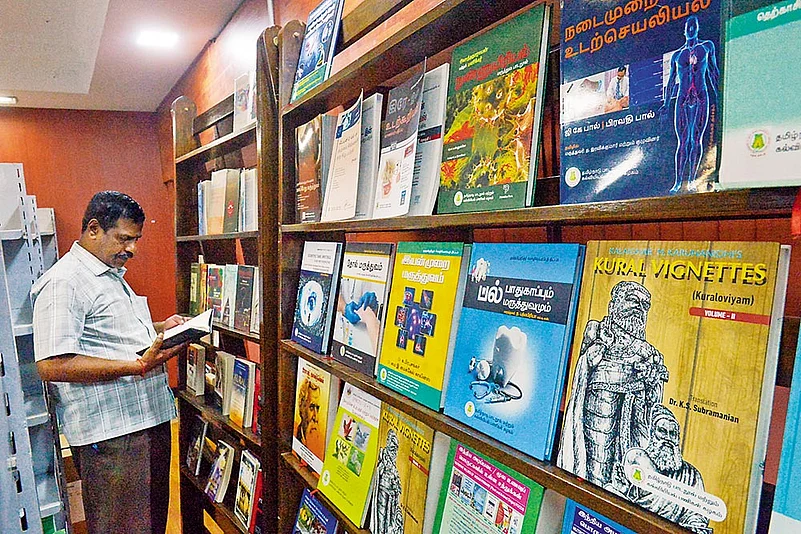
To date, 42 English translations have been published and 25 in Malayalam, Telugu and Kannada translation. Some of the scripts were identified by the publishers themselves. Many were suggested by the Advisory Committee of the TNTB and Dr T S Saravanan the Joint Director, Translations. The Tamil Nadu government is the first and only State government to undertake such translation initiatives with the goal of spreading literature beyond linguistic barriers. Dr Saravanan emphasised the reciprocal translation process in place, along with collaborations with publishers from different States. He explained: “If we translate three Odia language books into Tamil, they (publishers in Odia) will translate three Tamil language books into Odia.”

Professor A.R. Venkatachalapathy, renowned historian, Tamil author, and translator, talked about the significance of the translation projects. Commending the Tamil Nadu government’s novel effort, he said: “It is indeed a very welcome initiative. So far, only classical literature has been predominantly translated. Tamil contemporary modern literature is being translated for the first time.”(Frontline) Venkatachalapathy acknowledged the State government’s collaboration with established publishers as a positive step, recognising that the State lacks the independent expertise to undertake such a project. Noting that Tamil is a unique language in which writers have been consistently producing works for the past 2,000 years, and yet have not received adequate attention, he stated: “This project showcases the continuity of Tamil literary tradition.”
The TNTBESC’s ultimate goal is to develop a comprehensive list of literary translations from Tamil that embodies the language’s ethos and resonates with readers regardless of language and cultural barriers.
MORE FROM THIS ISSUE
The writer is co-ordinating editor, Translations, TNTB.






